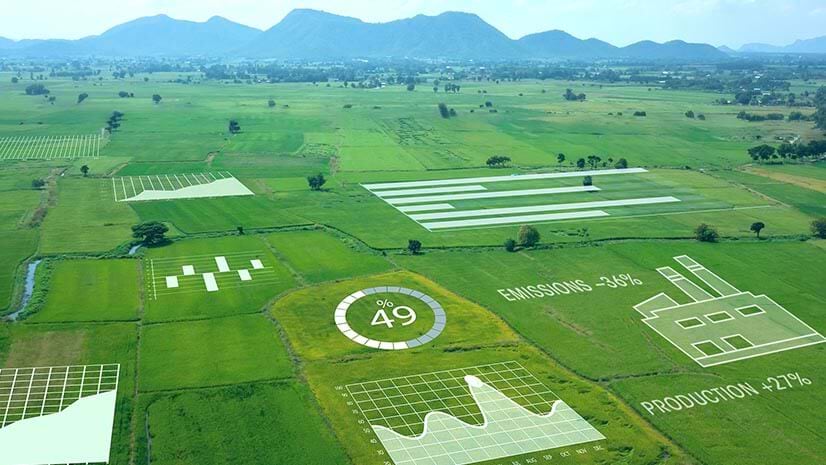Ever since generative AI applications debuted in late 2022, companies in nearly every industry have been racing to integrate GenAI into business processes, hoping to boost productivity and optimize efficiency. According to a recent KPMG survey, 43 percent of US companies with $1 billion or more in annual revenue expect to invest at least $100 million in generative AI in the next 12 months.
For years, machine learning techniques have enabled AI programs to spot patterns across massive datasets and make useful predictions. But GenAI went several steps further: based on prompts as simple as search queries, this new form of AI creates content and images and delivers information in natural language.
GenAI empowers business users to access enterprise technology like geographic information system (GIS) software using simple prompts. This frees up technical specialists to focus on higher-value tasks like quality assurance and data verification.
With GenAI integrated into GIS, the benefits of location intelligence can be amplified throughout the enterprise. An employee might soon be able to generate a map of company assets, identify the most promising real estate opportunities in a region, and locate areas of target demographics simply by describing the desired map to AI-powered software.
GenAI Strengthens GIS in the Mobile Enterprise
One of the first areas where the integration of GenAI and GIS has taken root is in the mobile enterprise—an area of growing relevance to many businesses. Employees outside the office can enter data into mobile surveys or online forms that automatically update maps or dashboards for coworkers, business partners, or even the public.
Through GenAI, such forms can be created with a simple command—an innovation that could help organizations become more agile, gain near-instant customer feedback on new products and services, and improve communication among teams across the enterprise.
As the video below demonstrates, the integration of GenAI means that even non-GIS users can create a location-aware smart form in a few minutes. With natural-language prompts, the user tells the software to rewrite a description, delete a question, or add a map or image, and the system understands and incorporates the changes. The two video scenarios illustrate how quickly a business user can create a form for a real estate manager evaluating properties, or a homeowner filling out an insurance claim.
The same process could be used to solicit customer feedback on just-launched products or services. Location intelligence from customer surveys might lead a fast-food executive, for instance, to pull a menu item from stores in one region but permanently add it in other locations. Alternately, a timber company could quickly deploy forms for foresters to note the location of protected plant or animal species on woodland tracts.
Quicker Collaboration across the Enterprise
The marriage of GenAI and GIS should foster clearer, faster communication between the office and professionals in fields like service management. For instance, cable company technicians who make house calls occasionally run into security concerns. GenAI and GIS could streamline the process of incorporating their feedback.
A technician for a cable company, for instance, might want to change a drop-down menu to include threats like overhanging branches or aggressive dogs at a specific location. Using simple prompts, the employee could make the change from the field instead of waiting for a colleague in the office to execute the task.
As GenAI is incorporated into more GIS tools across an enterprise, the pathways for location intelligence to enrich business operations and empower employees across the enterprise will only multiply.
The Esri Brief
Trending insights from WhereNext and other leading publicationsTrending articles

December 5, 2024 |

July 25, 2023 |

April 1, 2025 |

November 12, 2018 |

November 25, 2024 |

April 16, 2024 |




